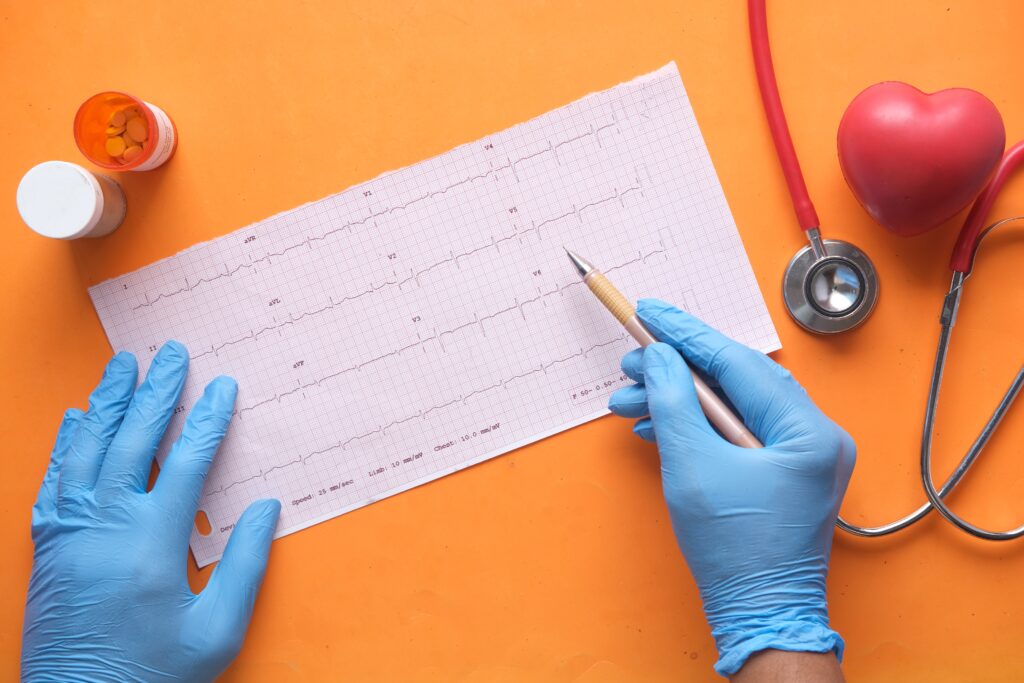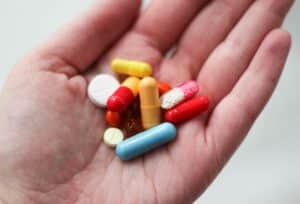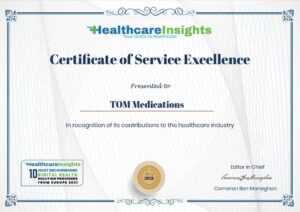It is one of the most common heart diseases worldwide and can lead to heart attacks as well as cardiac arrhythmias and have other serious consequences. We are talking about coronary heart disease (CHD for short) – a disease in which the heart is no longer supplied with sufficient oxygen and nutrients. Older people are particularly affected. Right at the beginning, however, the good news: With a change of lifestyle and regular intake of medication, this disease of the heart can be treated well.
The older we get, the more calcium deposits are found in our arteries and vessels. If the heart arteries become narrowed due to deposits (arteriosclerosis), the heart no longer receives enough blood – and thus not enough oxygen and nutrients. The most common symptom of CHD is sudden, severe pain behind the breastbone. This pain is also known as “angina pectoris”.
Who is particularly affected and how can the risk be minimized?
Primarily older persons are affected, men about twice as often as women. However, age and gender are not the only risk factors. Similar to other diseases, personal lifestyle as well as family predisposition also play a major role. Anyone who knows that there are cases of coronary heart disease in the family should exercise regularly, eat a healthy, balanced diet, and avoid stress as much as possible. Smoking, excessive alcohol consumption and severe obesity also promote heart disease.
Symptoms: Detect coronary artery disease
The dangerous thing about coronary artery disease is that it is not always noticed right away. Only when the vessels are already severely constricted and significantly less blood reaches the heart than in healthy people do symptoms develop. And severe chest pain is not the only symptom; sweating, shortness of breath as well as feelings of panic can also be signs of coronary heart disease. The symptoms mentioned are often triggered by high physical or mental stress or by cold. You may also experience discomfort after a particularly sumptuous meal. Important to know: With all these complaints you should call the rescue immediately as a precaution.

Diagnosis and treatment of coronary artery disease
Sometimes the diagnosis is made quite quickly after describing the symptoms experienced. In most cases, however, a comprehensive examination, by means of resting ECG, stress ECG and cardiac ultrasound examination is necessary. This is the only way to determine the extent to which the heart and coronary vessels are already impaired in their work. Based on the results of the examination, CHD patients are given an individually tailored treatment plan with the aim of widening the narrowed coronary arteries again and thus improving blood flow and supply to the heart muscle. Classic risk factors such as high blood pressure and high cholesterol are also treated with medication.
The following long-term medications are commonly used:
- ACE inhibitors: They prevent the production of the hormone that leads to the narrowing of the arteries (angiotensin II). They also ensure that the aorta is better supplied with blood.
- Angiotensin II inhibitors: These prevent the action of the hormone angiotensin II, which narrows the arteries.
- Beta-blockers: They ensure that stress hormones do not act on the heart muscle and blood vessels. As a result, the heart beats more slowly and the heart muscle is better supplied with blood.
- Diuretics: They help the body eliminate excess fluid stored in the tissues. This also relieves the heart.
Keeping coronary heart disease under control: with the TOM app
It is imperative that medications for coronary artery disease be taken regularly. If you have trouble keeping track of different medications or sometimes forget to take them, the TOM app can help. The app tells you every day which medicine you need to take and when . You can also easily add or remove medications in the app’s virtual medicine cabinet. Download the TOM app now and manage your coronary artery disease safely!






